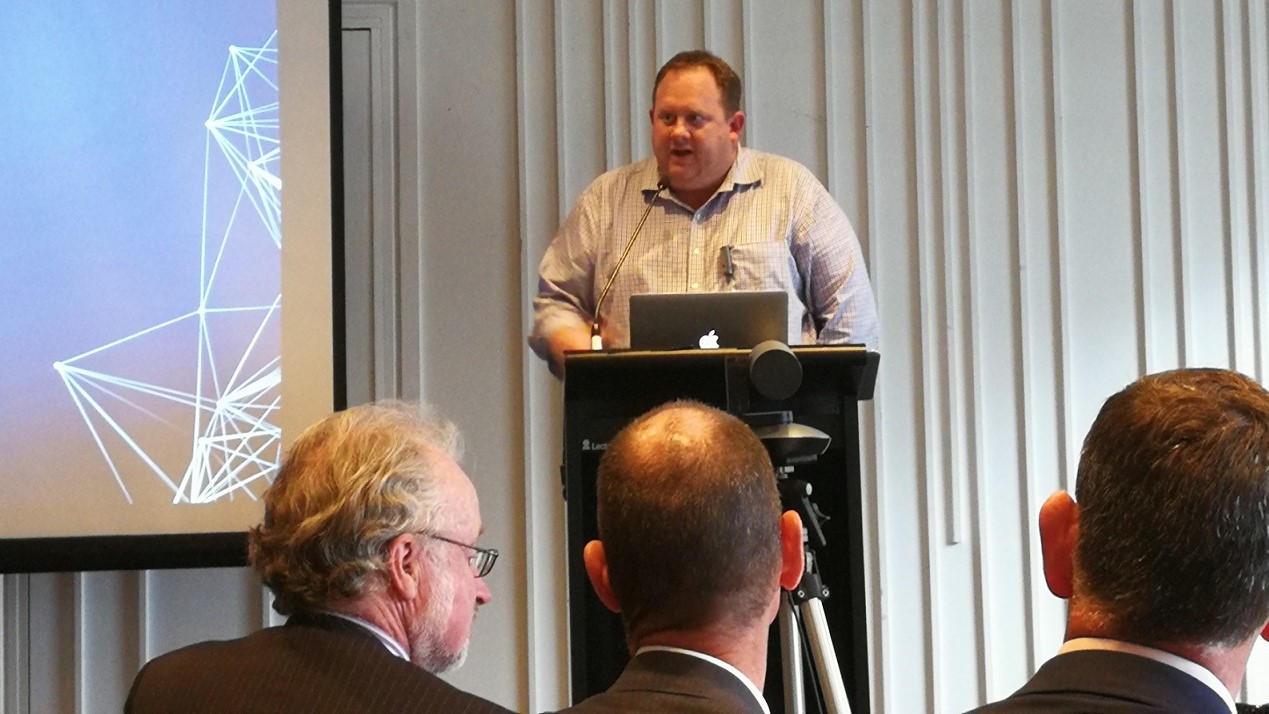“NBN Co is doing exactly what it’s required to do.”
Not words you’d expect to hear in support of Australia’s broadband network, which last week stole the spotlight for the complaints it received, but delivered nonetheless by one of our nation’s top tech entrepreneurs, Bevan Slattery.
Presenting his speech at the eighth annual Charles Todd Oration in Sydney on Tuesday, the executive chairman and founder of tech companies Megaport and Superloop applauded the rejection of the initial nation-wide fibre-to-the-premises (FTTP) plan, saying it was unfeasible.
“If you actually think we were going to build a FTTP network for $34-40 billion dollars reaching 90% of Australian premises, which was the business original plan, you are delusional,” he put it bluntly.
According to Slattery, if FTTP had continued it would have cost close to $100 billion and finished with about 20-25% coverage of Australian premises. It would not have been anywhere near its 10-year installation target.
Apart from being unaffordable, the initial plan would have generated no commercial profitability. Between speed, affordability and commercial return, the NBN can only deliver a variation of any two.
“You can either have a fast an affordable network, but you can’t get a commercial return. Or you can get a commercial return and make it fast, but it won’t be affordable,” he said.
These deliverance issues though aren’t necessarily the fault of NBN Co, said Slattery adding that the fact the NBN Co was building the network as specified by the shareholder – being the government – and it was up to the government and taxpayers to decide the trajectory of the infrastructure.
“We need to make a choice whether it’s fast and affordable to take an on-budget hit now, or over time, [as it becomes less] affordable or the prices remain. NBN Co is really required to charge that money because that’s the mandate they’re given from the shareholder."
Slattery said if it was up to him, the government would be more aggressive in their approach to delivering what the NBN promises.
“I’d be giving everyone a fantastic Christmas present of a retail product with broadband of 50MB for 50 bucks,” he joked.
Slattery backed the current fibre-to-the-node (FTTN) plan, using a combination of fibre optic cables and copper wire, and suggested a fibre-to-the-curb (FTTC) model, with 100 – 400 metres of copper wiring and FTTP filling the rest of the space, could potentially be a possibility that generates higher yield.
“At the end of the day, the commercial return part will fall away – the interesting point is how fast NBN can get into the medium SMEs space,” he said.










